With the rapid development of science, information technology plays a crucial role in human life, providing a lot of convenience for daily life. Sensors, as important tools for obtaining information, have made significant contributions to the miniaturization, wirelessness, digitization, networking, and intelligence of information systems.
As the development momentum of Wireless Sensor Networks (WSN) accelerates and the scale of nodes continues to increase, WSN provides numerous benefits and conveniences for people’s lives and industrial progress. However, the astonishing number of nodes deployed in the monitoring area generates terabytes of data. These sensing data types are diverse (such as digital, text, images, and videos), and the data volume is large with low value-to-cost ratio. A large amount of redundant data transmission leads to severe network congestion, high storage costs, and insufficient upload bandwidth. Most importantly, due to the limitations of battery life, processing power, operating frequency, and memory in WSN, a large number of redundant nodes and high-frequency perception of events produce massive similar data, resulting in significant energy consumption and reducing the sensor’s lifecycle. Additionally, for sensors, the large amount of data also poses great pressure and challenges to limited memory. Therefore, improving the data transmission efficiency of WSN and reducing transmission energy consumption has always been a major research direction in this field.
Researching WSN data processing and optimization technologies, exploring new theories and technologies in WSN, has profound significance for further popularizing various wireless applications. Currently, research primarily focuses on three aspects: sensor network protocol design, preprocessing of sensing data, and performance optimization. To meet the demand for massive data perception and processing in WSN, the data processing capability of sensing nodes and the performance of network systems will become two key factors for the widespread application of WSN. Therefore, how to enhance the data processing capability of nodes while considering capability and resource constraints, design WSN protocols and algorithms, and optimize the performance of WSN has become a research hotspot.
The book “Data Processing and Performance Optimization in Wireless Sensor Networks” focuses on data processing and performance optimization technologies in WSN. Chapter 1 introduces the basic concepts, key technologies, current development status, and latest achievements of WSN in detail, providing readers with a comprehensive understanding of the development in this field.
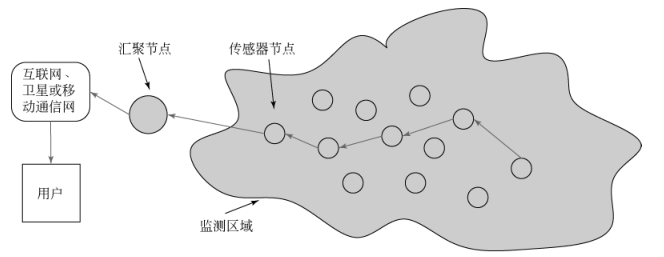
▲Basic Model of WSN
Based on the analysis of related work, Chapter 2 introduces data redundancy elimination technologies in wireless sensor networks, categorizing them into three types: statistical-based data redundancy elimination, compression-based data redundancy elimination, and AI-based data redundancy elimination, and conducting comparative analysis of existing technologies. At the same time, a redundancy elimination method based on maximum time threshold and adaptive step size, as well as a phased hierarchical clustering redundancy elimination method based on spatial correlation, are proposed and verified through simulations for their performance in redundancy elimination rates.

▲Integrated Adaptive Filtering Model Diagram
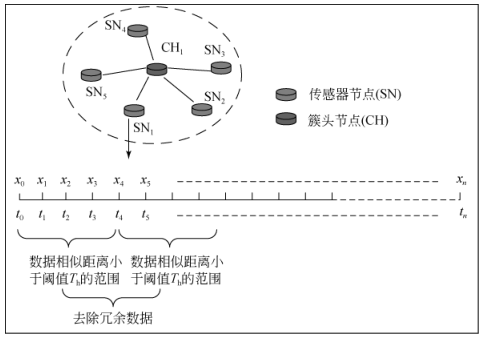
▲WSN Data Collection Model Analysis
Chapter 3 introduces data fusion technologies related to wireless sensor networks, classifying representative data fusion algorithms into four aspects: statistical-based data fusion, AI-based data fusion, information theory-based data fusion, and topology-based data fusion, and comparing them based on different metrics and characteristics. Meanwhile, regarding the trade-off between network energy consumption and latency in wireless sensor network data fusion algorithms, a data fusion algorithm for wireless sensor networks based on hybrid delay-sensitive clustering is proposed, considering node energy consumption optimization and load balancing.

▲Data Fusion Levels
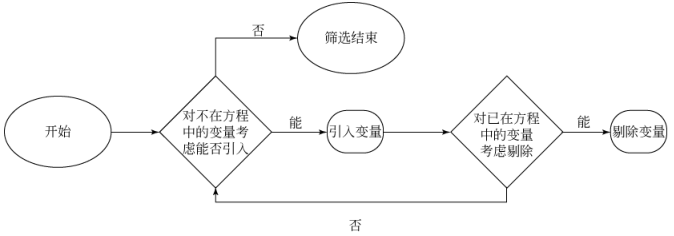
▲Multivariate Linear Regression Algorithm Flowchart
Chapter 4 introduces green routing protocols for wireless sensor networks, providing detailed introductions, analyses, summaries, and comparisons of related routing protocols from the perspectives of setting special nodes, energy-saving scheduling, and optimizing data flow direction. To address the issue of early death of nodes near the base station in flat routing for wireless sensor networks, the concept of node forwarding pressure is proposed; to solve the routing void problem, a green global routing algorithm based on node forwarding pressure is proposed.

▲Classification of WSN Green Routing Protocols
Chapter 5 focuses on the research of energy-efficient algorithms and protocols related to the Internet of Vehicles, analyzing green efficient algorithms from three aspects: medium access control (MAC) layer, network layer, and cross-layer design, and comparing the characteristics and shortcomings of existing algorithms and protocols. Based on the communication weight and data volume of vehicle nodes, the concept of communication value is proposed, exploring the value maximization problem of uplink data transmission planning between roadside units (RSU) and vehicles (R2V), proposing a polynomial time greedy scheduling algorithm with an approximation ratio of 1 + ε, and a heuristic algorithm with speed, weight, and transmission volume as heuristic functions.

▲Classification of Energy-efficient Algorithms in the Internet of Vehicles
Chapter 6 introduces security issues related to named data, focusing on blockchain technology. In response to data security issues, a system model based on name-based trust and security mechanisms is proposed, designing name-based trust and security mechanisms, and proposing a blockchain-based identity authentication method that combines the authentication of data producers by information service entities (ISE).

▲Blockchain Diagram
This book combines theory with practical examples, striving to make complex concepts accessible, using simple and clear language to help readers quickly grasp the basic knowledge, concepts, and methods of wireless sensor networks.
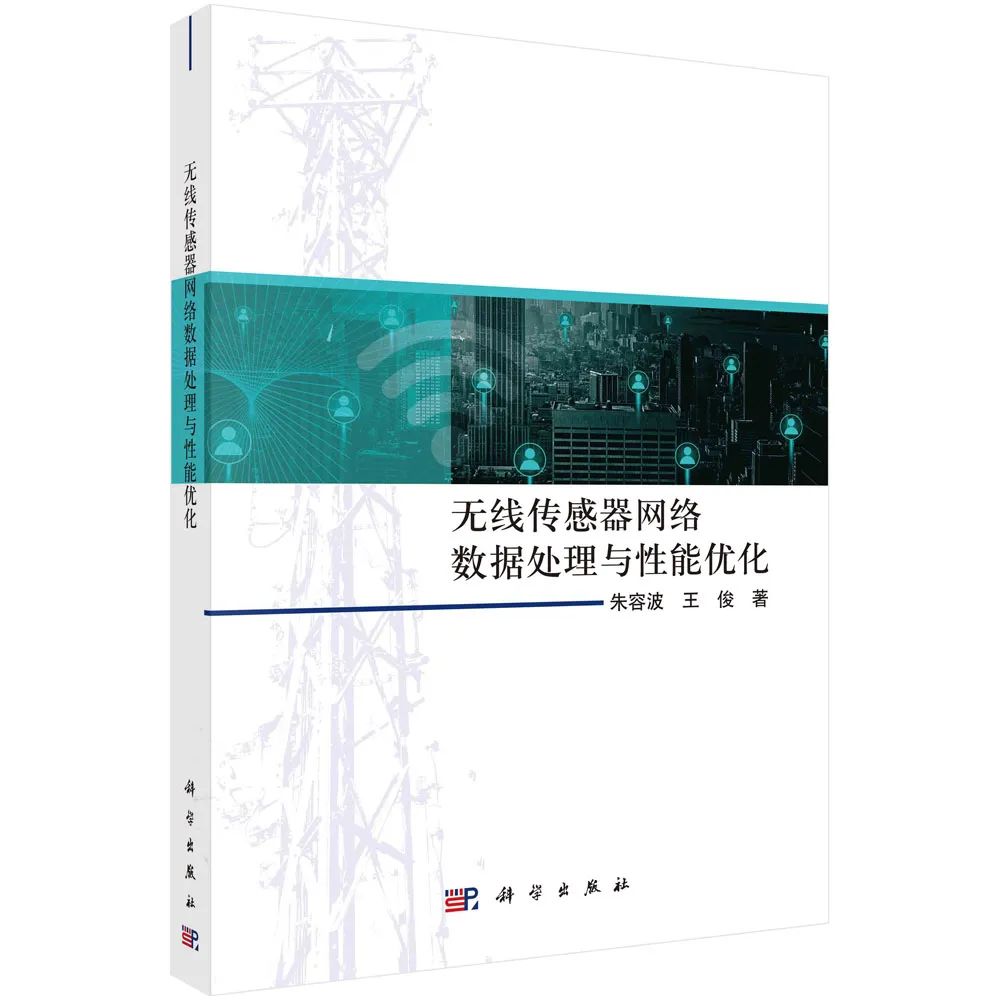
This book consists of 6 chapters, systematically and comprehensively introducing the basic theories, key technologies, and the latest results of data processing and performance optimization in wireless sensor networks. The main content includes the research status and key technologies of wireless sensor networks, data redundancy elimination technologies in wireless sensor networks, delay-sensitive clustering-based data fusion algorithms for wireless sensor networks, green routing protocols for wireless sensor networks, optimization algorithms for uplink communication value in green vehicular networks, and name-based trust and security mechanisms.
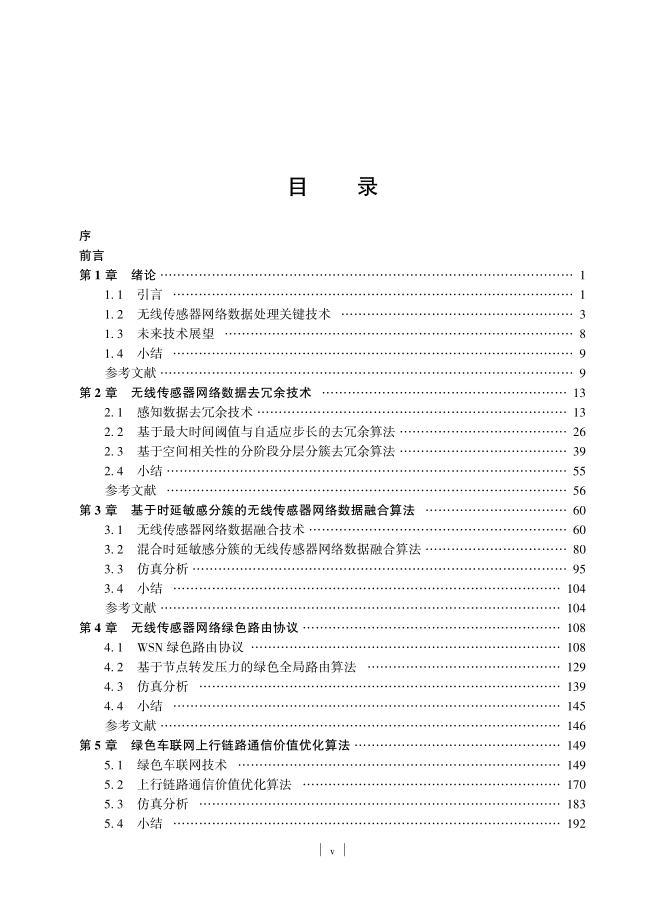

<< Scroll to see the next image >>

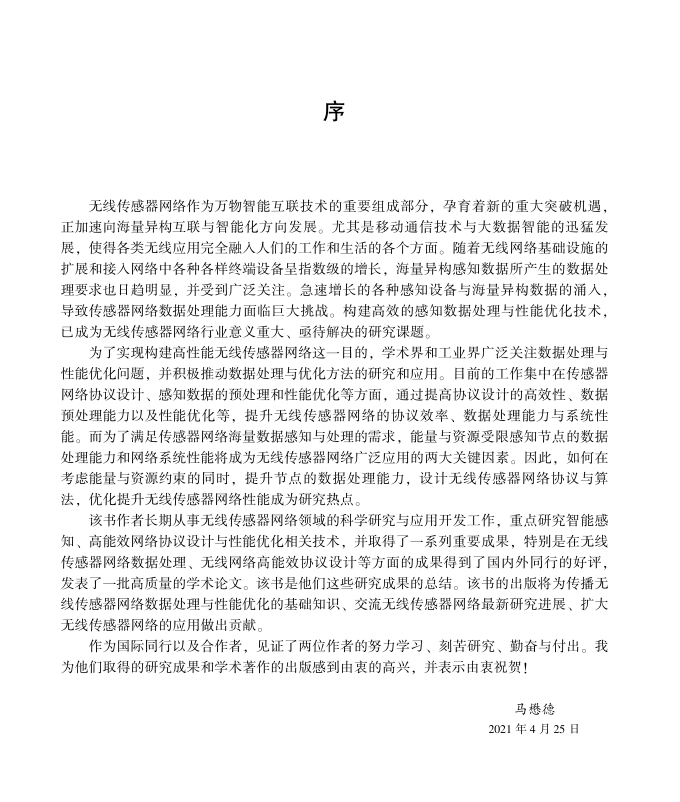

(This issue is edited by: Wang Fang)

Science Press Video Account
Hardcore Content Audiovisual Science
Promoting science, we welcome you to light up★stars, like, and watch ▼